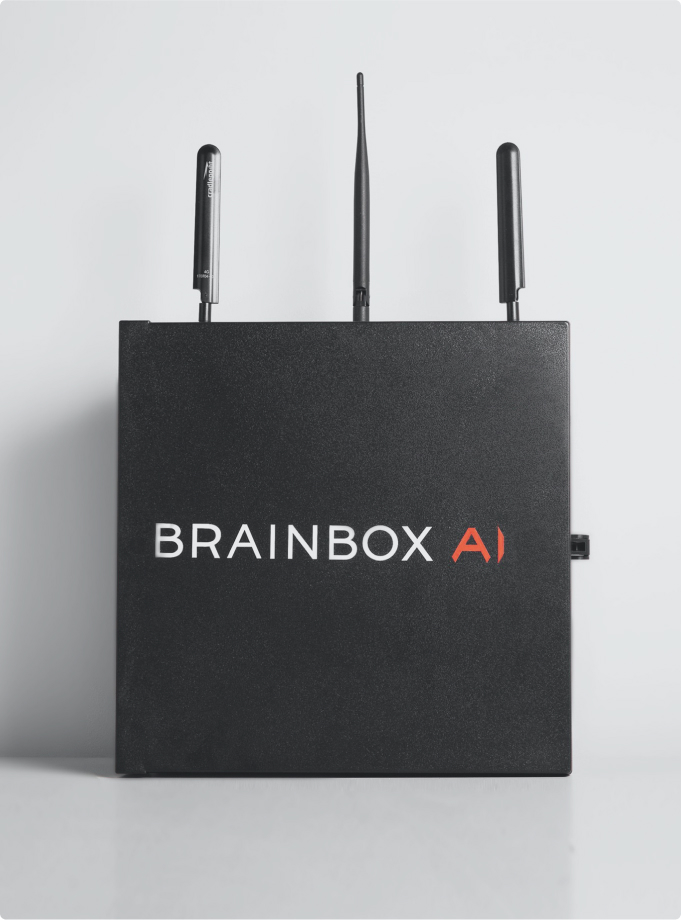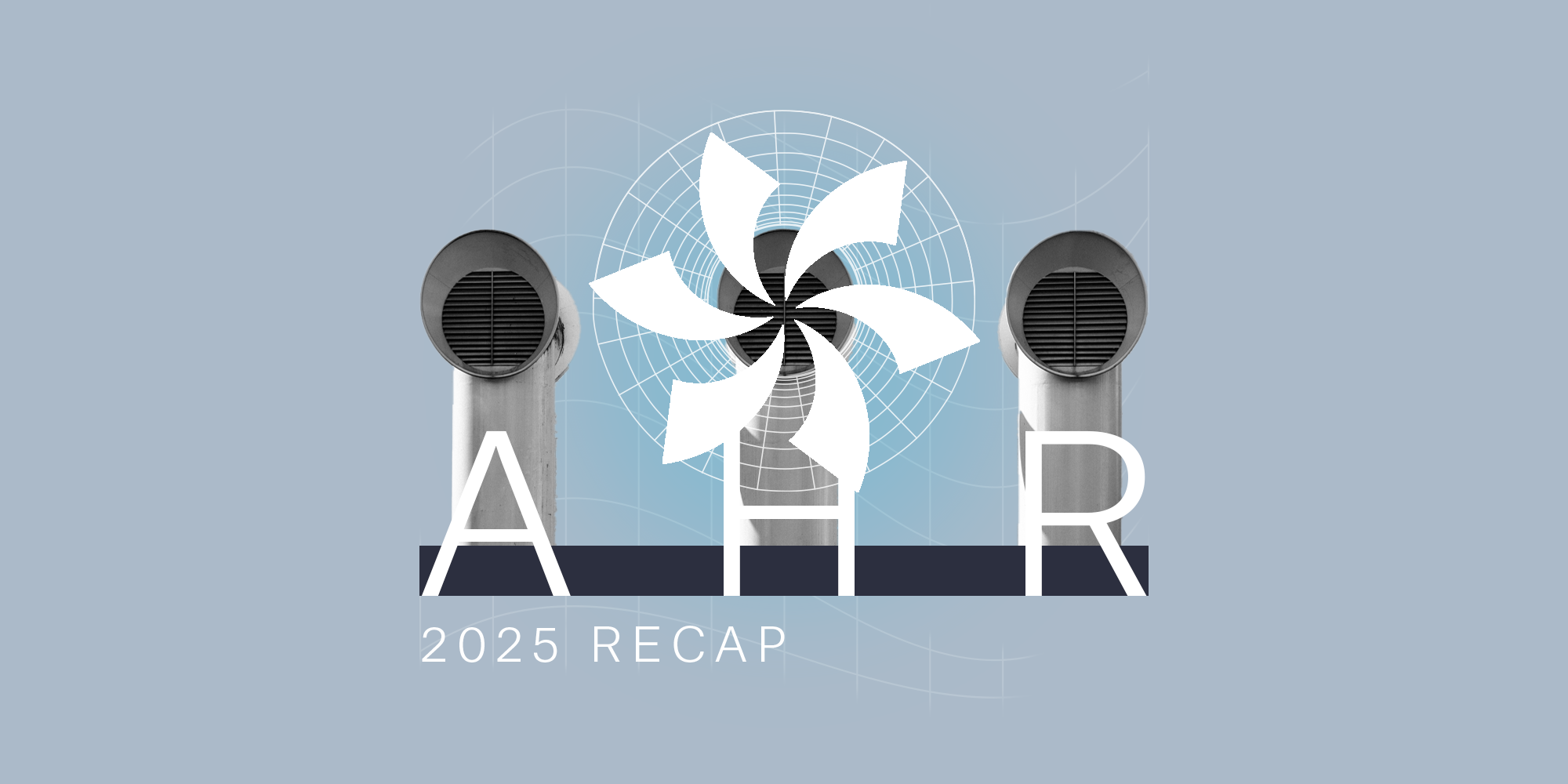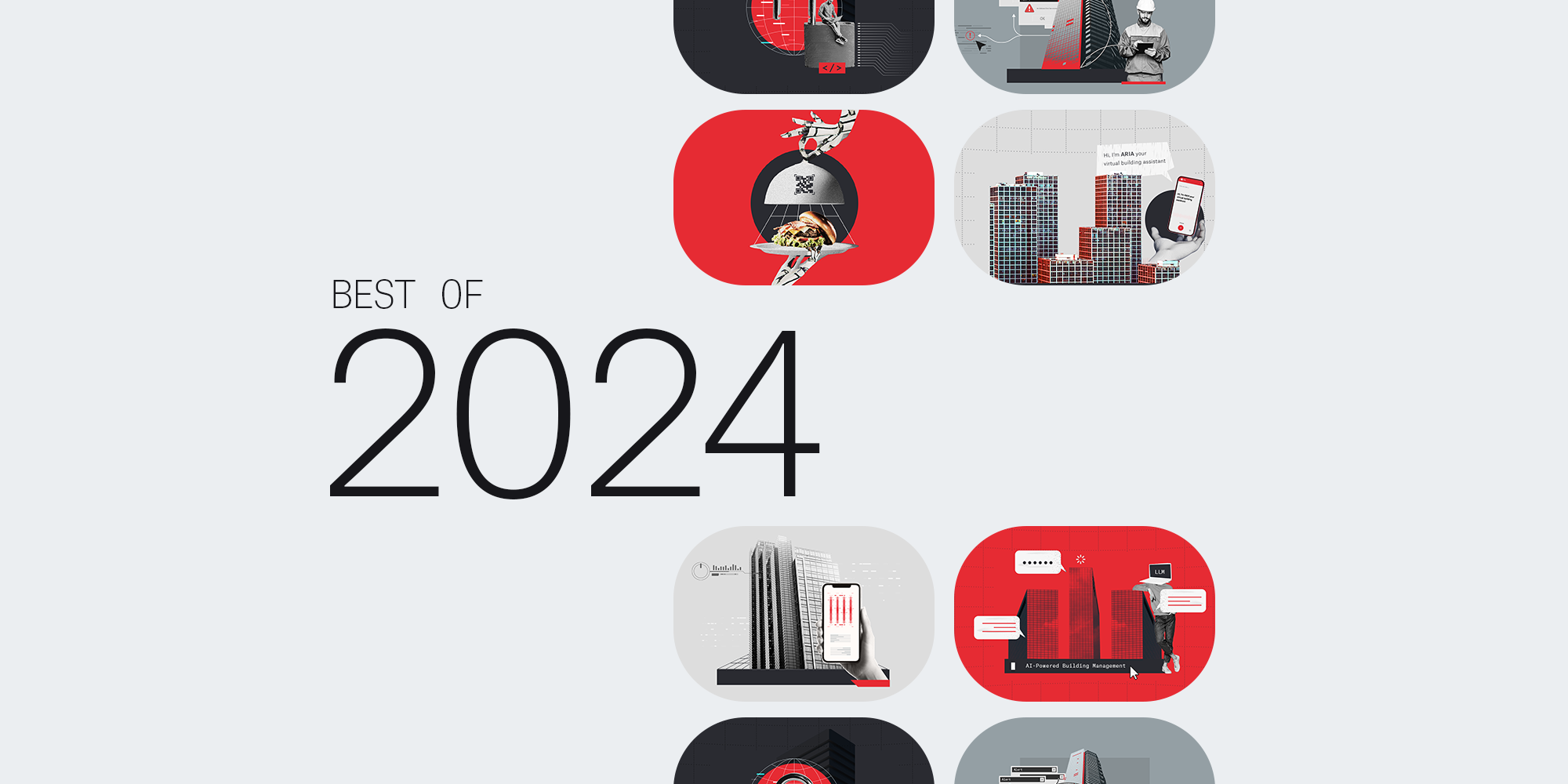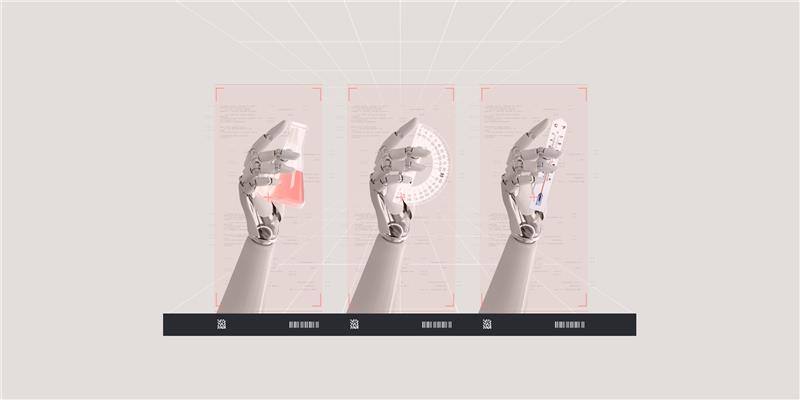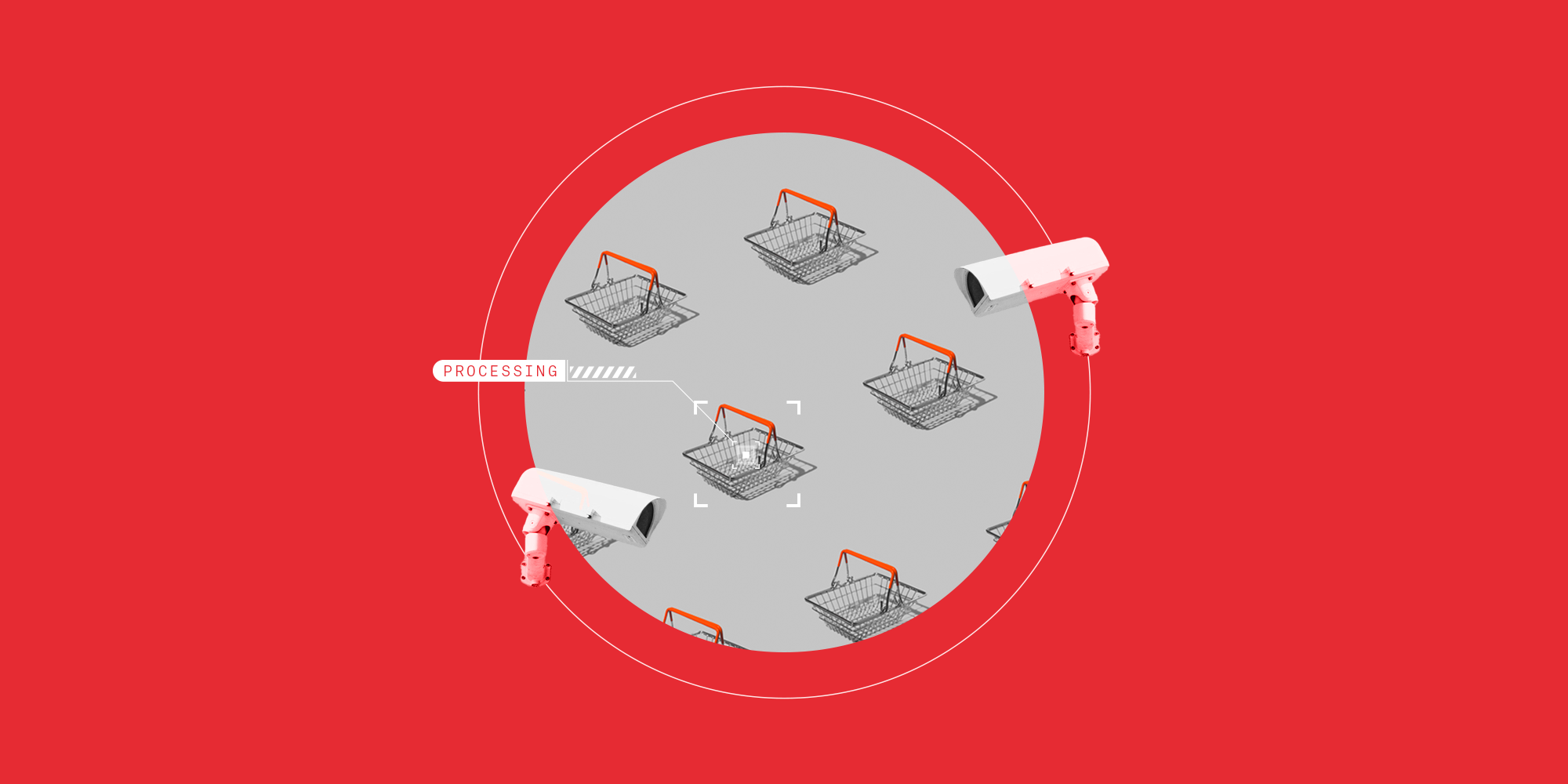Future-Proof Your Building for the Energy Transition

Future-Proof Your Building for the Energy Transition
Buildings have a big role to play in these adjustments, considering that they’re responsible for 38% of global energy-related carbon dioxide emissions. A great way for buildings to cut back on their environmental impact is by changing the way they use energy, as well as the type of energy that they use. This is part of what is broadly known as the “energy transition”.
Major adjustments related to the energy transition are currently underway and are set to increase in order to meet strict environmental goals. Recognizing the important role that buildings play, some jurisdictions such as New York are creating laws that are specific to buildings and states.
It’s clear that if building managers haven’t started to shift the way they think about energy use, they will be left behind. Fortunately, there are things that building managers can do to future-proof their facilities in preparation. Here are a handful of actionable ideas:
How to future-proof your building: five innovative ideas
1. Invest in renewable energies
It doesn’t take an oracle to say that renewable energies are the way of the future. Unlike non-renewable energy sources, which are finite, renewable energy sources are inexhaustible. The most common renewable energy sources are hydropower, solar energy, wind energy, biogas, and biofuels. The most popular renewable energy source in the United States is wind, followed by hydropower and solar.
According to the International Energy Agency, electricity demands in buildings are increasing at a concerning rate. Specifically, it is increasing five times faster than the improvements in carbon intensity within the power sector. This makes the implementation of renewable energy a no-brainer. Not only does it help buildings stand out as industry leaders in sustainable practices, but it also helps reduce reliance on fossil fuels and helps to improve the reliability of renewable energy systems.
If this option is not optimal for your building (for reasons such as limited roof capacity or if you simply cannot generate enough renewable energy to meet your consumption needs), don’t worry, the rest of the actions on this list might be for you.
2. Consider your building envelope
Think of your building envelope as the shell of your building. It is the material that separates your building’s interior from the external environment and consists of your windows, doors, walls, foundation, and of course, roof.
Your building envelope plays an important role in the fight against climate catastrophe. Not only does a solid building envelope help protect your interior systems from wear and tear, but it also helps reduce wasteful energy loss.
With extreme weather having jumped 83% in the past 20 years, it’s more important than ever to ensure that your building envelope is in good condition. Elements such as strong wind gusts, heavy rain, and even high ultraviolet rays can have a negative effect on the integrity of a building’s envelope, so make sure that your inspections are up-to-date and you’re investing in energy-efficient windows.
3. Align your business goals and environmental goals
As the 2020s continue, many businesses are facing the reality that their business goals must align with what is right for the environment. Actions like designating a sustainable committee and investing in green retrofits are great, but it is essential that companies consider their environmental impact at all levels.
Reviewing the UN Sustainable Development Goals is a great place to start. There, you can identify which goals are closely intertwined with your business operations and set up your own key performance indicators (KPIs) to keep yourself on track.
Why is this important? Not only is it the right thing to do for your planet, but it will likely become a necessity in the near future. Most countries, states, and cities are adopting environmental policies that businesses will have to adhere to, so your jurisdiction is likely next. Aligning your business goals with environmental ones is a great way to stay one step ahead.
4. Grow a green roof
Grow roofs represent a growing trend for commercial buildings. A green roof, which may sometimes be called a rooftop garden, refers to vegetative growth on the top of a building. Green roofs range from simple, with scattered plants, to complicated such as green spaces that resemble city parks and may even require extra structural support.
It’s estimated that there has been a 15% increase in green roofs in North America since only 2013. The main benefit of green roofs is their ability to reduce heat islands, a phenomenon that increases the daily temperature in urban areas. However, they can also help reduce your energy use by improving insulation and can help improve air quality (thanks to the presence of plants).
5. Make your HVAC system “smart”
By far the best way to reduce energy use is by investing in a smart HVAC system.
Just like a traditional system, a smart (or “intelligent”) HVAC system controls your building’s heating, ventilation, and air conditioning (HVAC) operations. However, unlike a traditional system, a smart HVAC system uses artificial intelligence to optimize output.
This is done through machine learning that picks up on the minute patterns unique to your building, such as occupancy levels, interior temperature, time of day, and more. The end result is a building with perfect temperature conditions and excellent air quality. It’s a win for your building occupants and a win for the environment.
Setting up a smart HVAC system is easier than you think. BrainBox AI’s proprietary system can be installed in under three hours and will reduce your building’s energy consumption in only a few months. The time to start preparing for the future is now—what will you do to make sure your buildings are ready?

